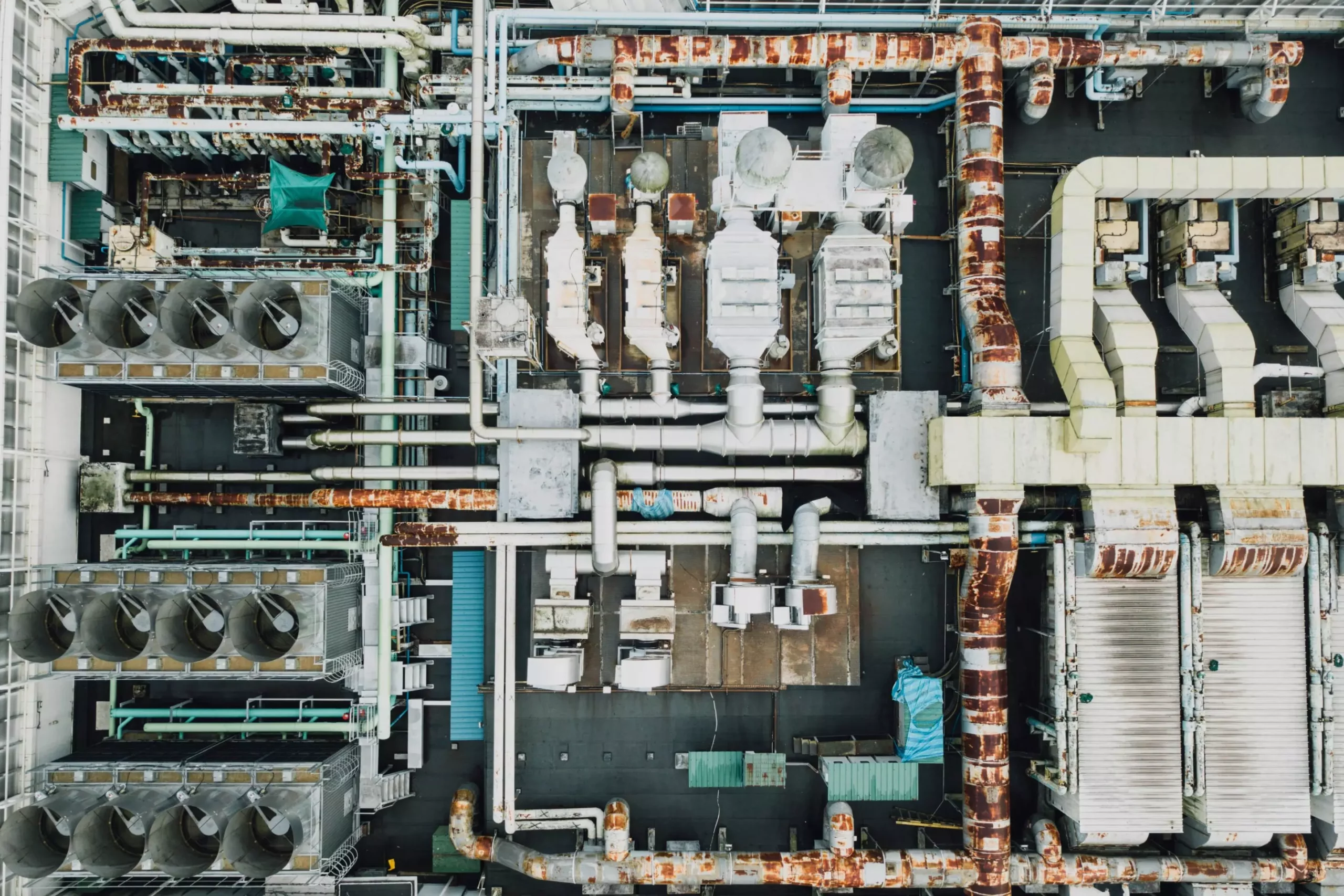At the forefront of robotics and automation, the Interactive and Robotic Systems Lab (IRS) at Universitat Jaume I in Castellón is pioneering a lightweight and modular manipulator robot designed to navigate hazardous environments. This robot, designed with a keen focus on operator safety, employs advanced technologies for inspection tasks, specifically targeting plastic pipes using a combination of probing techniques and artificial vision systems. The vision for this innovative approach is to reduce human exposure to dangerous scenarios, particularly in industries where the integrity of materials is crucial.
As global industries increasingly confront hazardous scenarios—including those found in nuclear facilities and particle accelerators—the need for safe and effective inspection methods becomes paramount. The IRS lab’s manipulator robot addresses this necessity by integrating a remote control station equipped with 3D perception capabilities. This feature is especially significant given the complexities of inspecting environments that may contain hazardous materials, where direct human involvement poses significant risks. Remote operation not only enhances safety but also introduces efficiency into the inspection process, allowing for quick assessments and decision-making.
The development of this manipulator robot is complemented by its sophisticated software framework, which is built upon the Robot Operating System (ROS). This server-client architecture enables scalability, allowing specific adaptations to meet varying mission requirements. The inclusion of multiple vision devices as well as localization techniques adds another layer of precision to the robot’s operational capabilities. Furthermore, its lightweight design and low power consumption are critical features for mobile applications, enhancing maneuverability and operational lifespan.
Additionally, the robot’s modular nature allows for easy upgrades and adaptations, making it suitable for various fields beyond industrial inspection — extending into healthcare and educational environments within challenging conditions, such as those encountered during infectious disease outbreaks. The IRS group’s commitment to open-source designs ensures that the technology remains accessible for further innovation and customization.
This advanced robotic system is a product of collaborative efforts under the EU Horizon 2020 project, “EU H2020 El-Peacetolero.” This initiative operates in conjunction with numerous European universities and research centers, illustrating the importance of cross-institutional collaboration in technological advancements. Agreements with companies interested in specific applications will facilitate the practical deployment of this technology, translating research into real-world solutions.
Moreover, Universitat Jaume I actively promotes technological transfer through its Cooperative and Technological Development Office. By fostering partnerships with both academic and industrial entities, the university aims to bridge the gap between innovative research and its application, ensuring that advancements in robotics are not just theoretical but can also lead to tangible improvements in various sectors.
The work being done at the IRS group represents a significant stride in robotic inspection technology, highlighting the crucial interplay between academic research and practical application. As the need for safer inspection techniques continues to grow, the innovations stemming from Universitat Jaume I reflect a transformative approach that prioritizes not only efficiency but also the safety of human operators. As these technologies evolve, their potential to positively impact multiple industries underscores the importance of ongoing research and collaboration in this vital field.


Leave a Reply